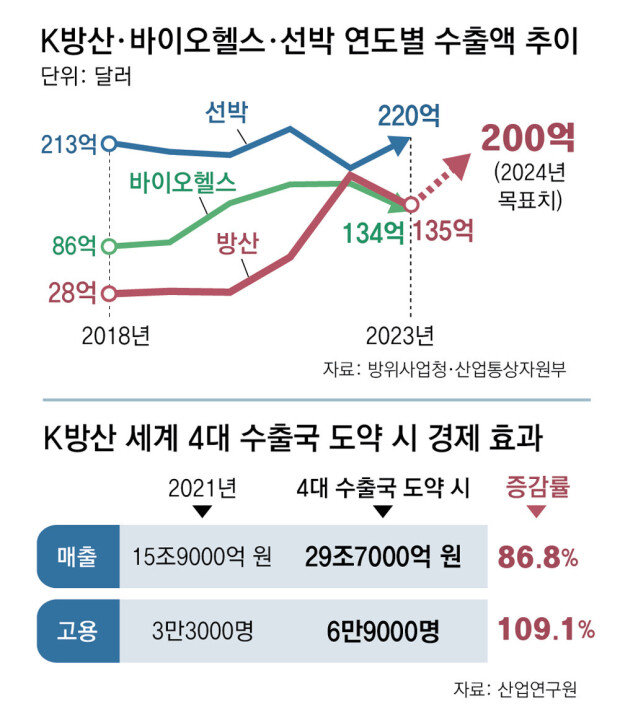STX Engine’s K9 engine expected to boost exports
STX Engine’s K9 engine expected to boost exports
Posted November. 13, 2024 08:09,
Updated November. 13, 2024 08:09

On September 27, four days ahead of National Armed Forces Day, STX Engine CEO Lee Sang-soo announced that the locally developed K9 engine is projected to generate 1.2 trillion won in economic impact over the next five years. “Not only can we take pride in having developed this engine domestically, but we can also reap tangible benefits through expanded exports,” said Lee. Previously, the K9 Thunder, South Korea’s top defense export, relied on a German-made engine, requiring authorization from Germany. Now, in partnership with the government, STX Engine has locally produced 500 components in just three years since the project’s initiation, with an estimated 5,000 new jobs expected as a result.
South Korea’s defense industry is increasing exports and expanding the domestic market, evolving into an export-driven strategic sector. The defense industry’s economic influence is considerable. While a car, often regarded as the pinnacle of manufacturing, contains over 30,000 parts, the K2 tank is reported to have more than double that number, underscoring the complexity and impact of defense manufacturing.
The U.S. defense market also presents significant opportunities for South Korean exports, bolstered by U.S. President-elect Donald Trump’s pledge to strengthen the military. On Tuesday, the U.S. Navy awarded maintenance work for a 31,000-ton refueling ship to a South Korean company—marking the second contract since August. “This order signifies our entry into the U.S. market,” said Choi Ki-il, a military science professor at Sangji University. “K-defense is poised to establish itself as a strategic industry.”
김형민 기자 kalssam35@donga.com
Headline News
- Opposition parties pass amendment to Commercial Act
- Impeachment motions against top officials dismissed
- IU's residence ranked as the nation's most expensive apartment
- K-medicine saves 300 lives in Mongolia through liver transplant skill transfer
- Prisoners in N. Korean camps suffer from torture at minus 30 degrees







